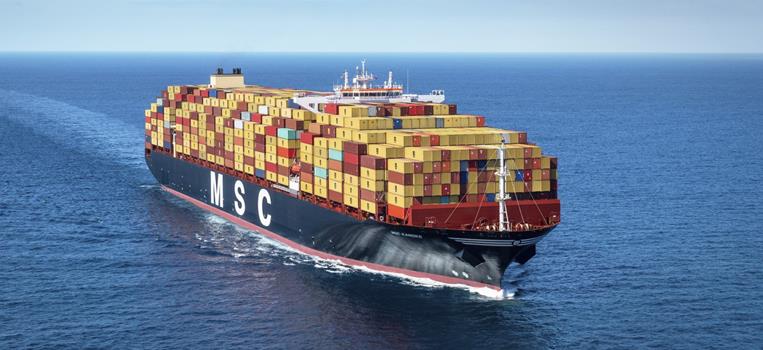Storms, floods, droughts, and heat will disrupt chemical industry production as climate change impact grows
Jul 23, 2020Climate-related hazards are poised to massively disrupt the chemicals industry and have already caused hundreds of millions in damage globally. In their new report, “In the Path of Destruction: Preparing for Climate Change in the Chemical Industry,” Lux Research outlines steps chemical companies need to take to adapt to the very real threats climate change poses to the industry.
“Increasing levels of CO2 from human-made sources will amplify climate-related risks for the chemical industry. Coastal storms, inland flooding, extreme temperature, and drought will all have wide-ranging consequences,” explains lead report author, Kristin Marshall, Senior Research Associate at Lux. “Serious impacts will include damage to capital assets, disruptions to transport and raw materials availability, and impacts on labor productivity and safety.”
Beyond requiring mitigation steps, these climate impacts will also drive structural changes to industry production. Marshall continues, “Our review of the climate change adaptation strategies found that there is no completely effective solution except to move out of the path of destruction.” The need to adapt will make small-scale, decentralized operations a growing part of the chemicals industry, even in the face of worse economics, as the impact of climate changes intensifies.
Companies do not have to be situated along coasts to be exposed to climate risk given threats to production and logistics. For example, shipping disruptions that hit BASF and other producers due to low water levels on the Rhine and the flooding Dow experienced in Midland, Michigan. The financial implications are already significant, costing hundreds of millions in damage and lost earnings. In the long term, small-scale decentralized manufacturing, such as fermentation or electrochemical production, will enable companies to operate across multiple smaller facilities, reducing exposure of the supply chain to climate risk.
Similar Stories
AGLPA Issue Update - Nov 2024
Today the Maritime Administration (MARAD) awarded nearly $580 million to 31 recipient ports in 15 states and territories. These grants are from the agency's Port Infrastructure Development Program (PIDP). Five…
View Article
Viking Line named Finnish security organization of the Year
View Article
Ocean Network Express and Seaspan Corporation jointly announce the establishment of ONESEA Solutions
View Article
MSC Customer Advisory
View Article
ZIM launches its USA Employer Brand Campaign to attract top talent
View Article
Hapag-Lloyd achieves good result in first three quarters of 2024
View ArticleGet the most up-to-date trending news!
SubscribeIndustry updates and weekly newsletter direct to your inbox!





